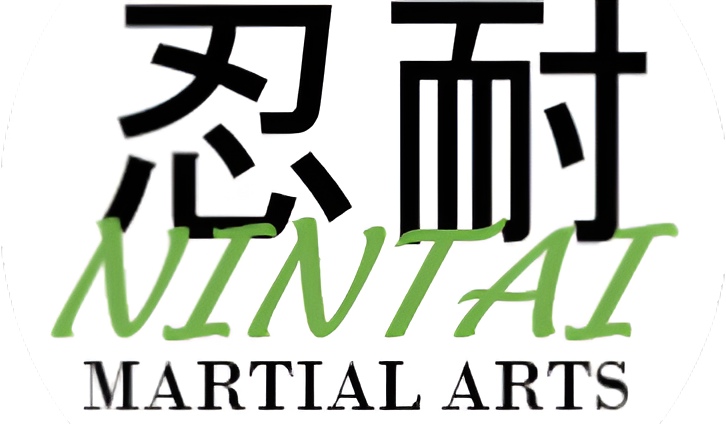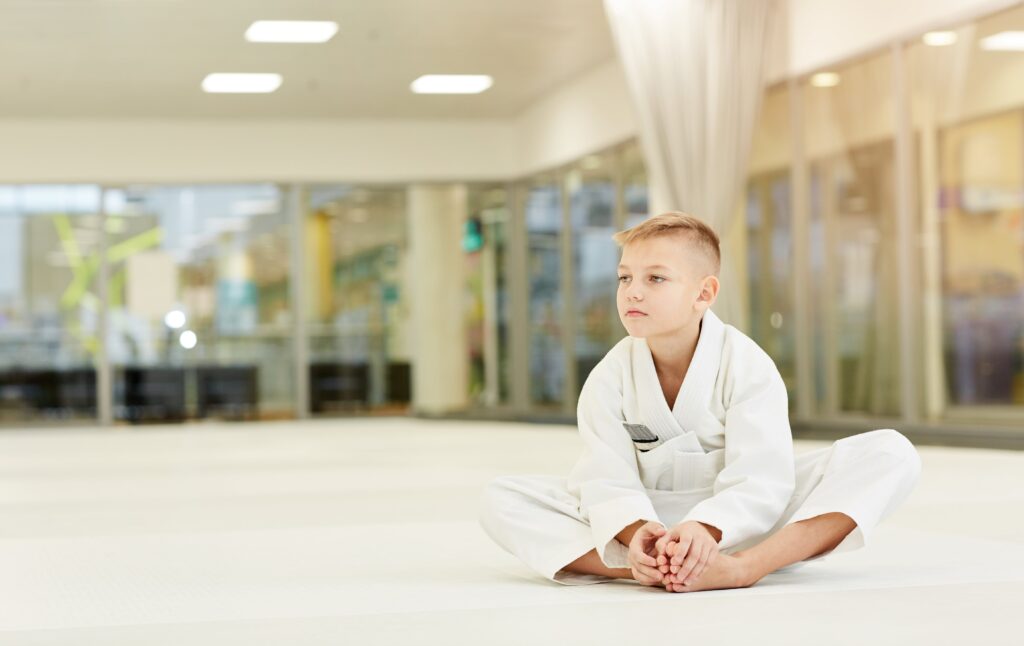Balance is one of the most important skills children can learn—and judo is one of the best ways to develop it. On the mat, every step, throw, and fall challenges the body to adjust, stay centred, and move with control. Over time, this builds not only physical balance, but also confidence and stability in daily life.
What makes judo unique is how it engages the body’s natural balance system, especially the inner ear. This system, known as the vestibular system, works together with vision and body awareness to keep us upright and coordinated. In judo, children are constantly moving, turning, rolling, and changing direction. These movements stimulate the inner ear and strengthen the body’s ability to stay balanced, even in unpredictable situations.
This is particularly valuable for children who may struggle with coordination because of conditions such as Tourette syndrome, hemiplegia, vestibular difficulties, or visual irregularities. Judo offers a safe and structured environment where they can gently challenge these systems. Learning how to fall safely, recover quickly, and keep moving not only builds physical skills, but also improves confidence in their own abilities.
Balance in judo isn’t just physical. The discipline also teaches children how to stay calm under pressure, control their energy, and find focus in both training and life. By combining movement, structure, and perseverance, judo helps children find balance in every sense of the word.
For any child, judo is a path to stronger balance, sharper coordination, and greater resilience—skills that make a difference on the mat and in everyday life.

